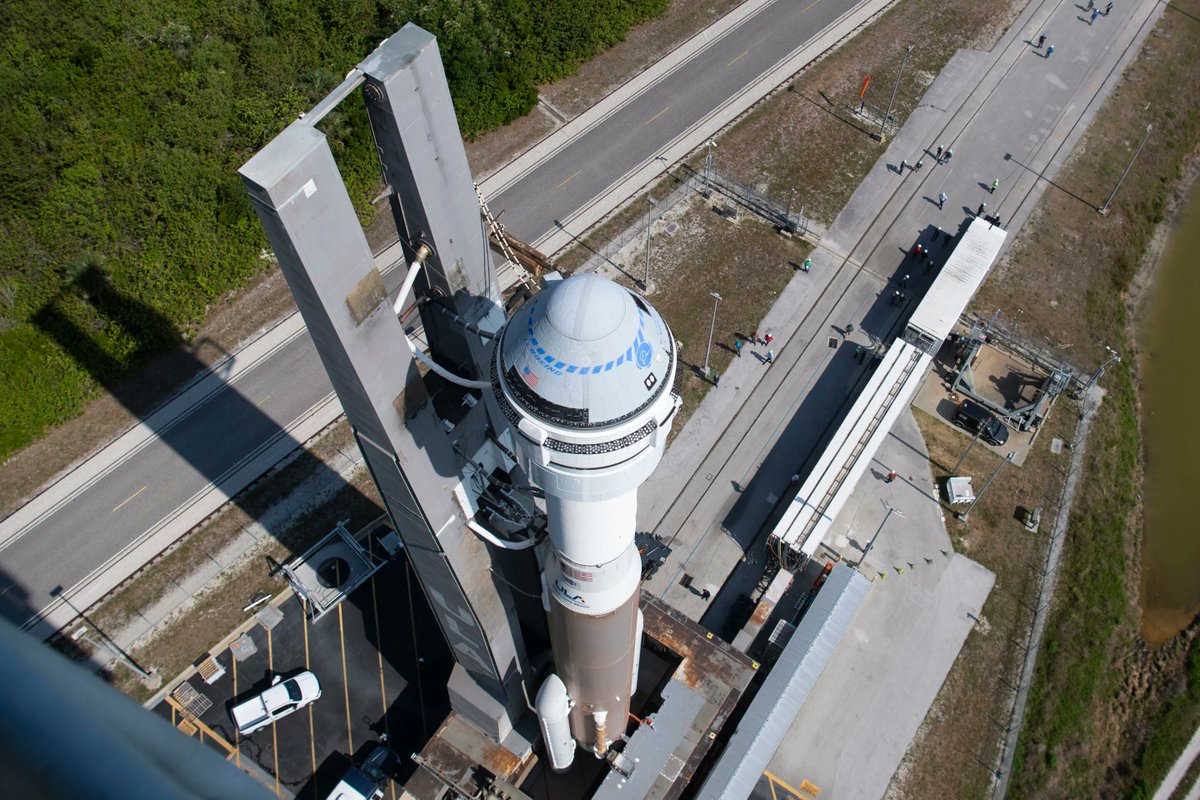Private spaceflight is taking off, though some are going faster than others. As SpaceX preps for its sixth crewed launch on a NASA contract, their rival Boeing has announced that they will be delaying the first crewed flight of their Starliner spacecraft until February 2023.
This setback is the latest in a string of problems for Starliner. It results directly from repairs from a mission back in May where, while the capsule was able to dock successfully with the International Space Station, it suffered from problems that caused two of its thrusters to fail.
The thruster problem appeared to be caused by a drop in pressure that caused two thrusters to shut off during its orbital insertion burn. While this didn’t stop it from docking, it was similar to a problem that caused the failure of the first Starliner test flight almost three years before.
In that effort, the spacecraft again miscalculated its position and burned more fuel than was allotted to it to make it to the ISS. Despite failing to reach the station, it was successfully deorbited and returned to the ground safely, though it suffered a “dire flight anomaly” during the descent. NASA’s administrator a the time even suggested that astronauts could potentially ride on Boeing’s next Starliner effort.
As we reported in that instance, history is full of test flights that go wrong, and most of the time, people forget about them. But that first failure seemed particularly costly to Boeing, causing over three years of delays to the project and essentially forcing them to lose the race to be the first private provider to launch American personnel to the ISS to SpaceX.
Despite all the setbacks, the company is plowing forward. Mark Nappi, Boeing’s program manager for the Starliner, believes debris might have caused the thruster problems this time around. However, the culpable part of the craft was discarded on reentry, so “we will never know exactly what was the issue,” Nappi said.

Credit – Boeing
For engineers, those are the worst kind of problems, and it’s certainly not something you want to hear if you’re one of the astronauts planning on riding this capsule into space. During the first failed mission, there was some hope, even from NASA’s administrator, that astronauts would have been able to fix the problems manually if they were onboard during the flight. But that is not the kind of safety control that a company that hopes to win repeated NASA contracts should have.
Ultimately, Boeing is sure to successfully launch its crew capsule into orbit with people on it. The company is deep-pocketed and has the support of NASA. But the question remains – will it be a viable part of the aircraft maker’s business? Or will the newer, seemingly more effective companies that have surpassed it while it fixes its problems make the Starliner a dead end for a company that has been a mainstay of space exploration for decades?
Learn More:
AP – Boeing astronaut flight off until next year for more fixes
UT – Starliner Launches Successfully, but Two of its Thrusters Failed
UT – Boeing Starliner Launch Scrubbed. No Idea When it Might fly
UT – NASA has a Pretty Big Checklist for Boeing to Fix on Starliner
UT – Starliner Launches But it Can’t Reach the Station
Lead Image:
Atlas V rocket supporting the Starliner rolling out to the launch pad.
Credit – Joel Kowsky / NASA

